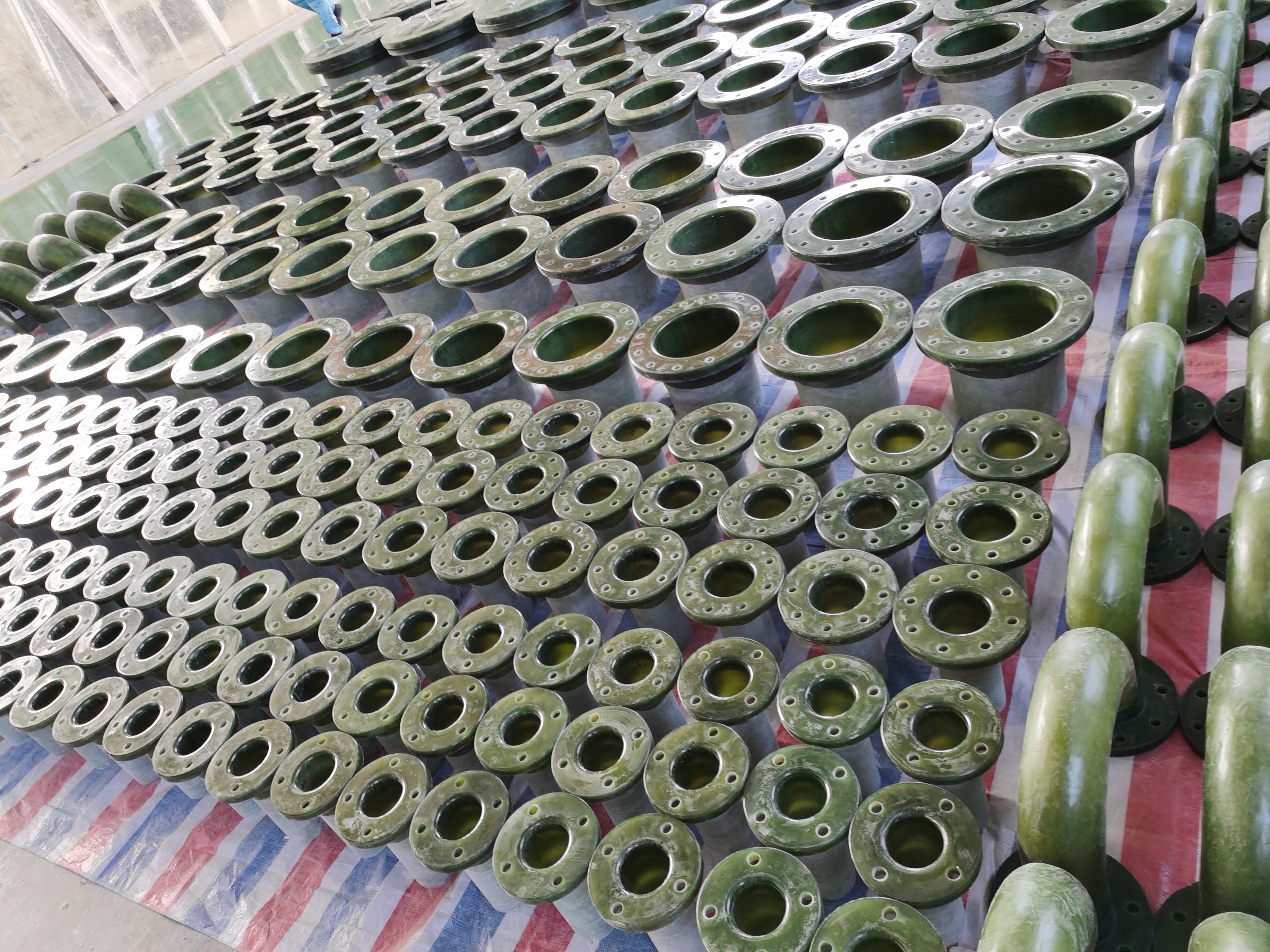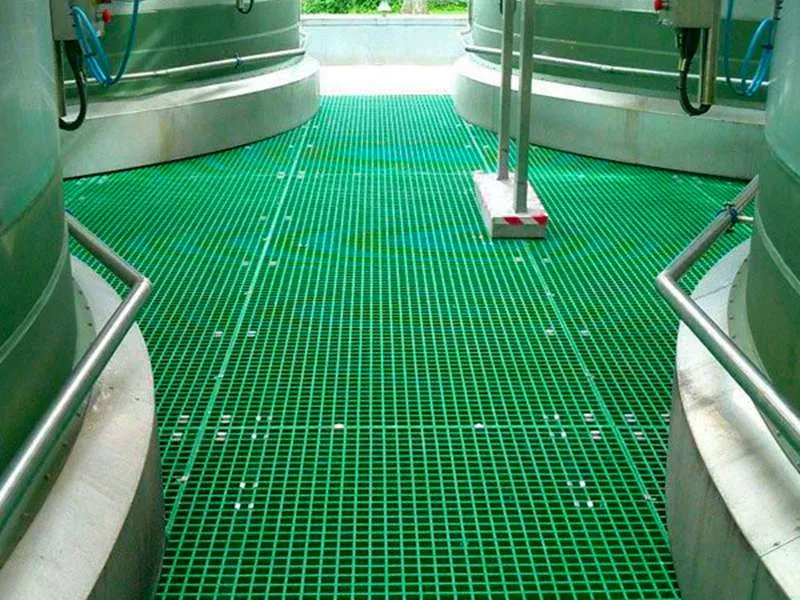
-
 Afrikaans
Afrikaans -
 Albanian
Albanian -
 Amharic
Amharic -
 Arabic
Arabic -
 Armenian
Armenian -
 Azerbaijani
Azerbaijani -
 Basque
Basque -
 Belarusian
Belarusian -
 Bengali
Bengali -
 Bosnian
Bosnian -
 Bulgarian
Bulgarian -
 Catalan
Catalan -
 Cebuano
Cebuano -
 China
China -
 China (Taiwan)
China (Taiwan) -
 Corsican
Corsican -
 Croatian
Croatian -
 Czech
Czech -
 Danish
Danish -
 Dutch
Dutch -
 English
English -
 Esperanto
Esperanto -
 Estonian
Estonian -
 Finnish
Finnish -
 French
French -
 Frisian
Frisian -
 Galician
Galician -
 Georgian
Georgian -
 German
German -
 Greek
Greek -
 Gujarati
Gujarati -
 Haitian Creole
Haitian Creole -
 hausa
hausa -
 hawaiian
hawaiian -
 Hebrew
Hebrew -
 Hindi
Hindi -
 Miao
Miao -
 Hungarian
Hungarian -
 Icelandic
Icelandic -
 igbo
igbo -
 Indonesian
Indonesian -
 irish
irish -
 Italian
Italian -
 Japanese
Japanese -
 Javanese
Javanese -
 Kannada
Kannada -
 kazakh
kazakh -
 Khmer
Khmer -
 Rwandese
Rwandese -
 Korean
Korean -
 Kurdish
Kurdish -
 Kyrgyz
Kyrgyz -
 Lao
Lao -
 Latin
Latin -
 Latvian
Latvian -
 Lithuanian
Lithuanian -
 Luxembourgish
Luxembourgish -
 Macedonian
Macedonian -
 Malgashi
Malgashi -
 Malay
Malay -
 Malayalam
Malayalam -
 Maltese
Maltese -
 Maori
Maori -
 Marathi
Marathi -
 Mongolian
Mongolian -
 Myanmar
Myanmar -
 Nepali
Nepali -
 Norwegian
Norwegian -
 Norwegian
Norwegian -
 Occitan
Occitan -
 Pashto
Pashto -
 Persian
Persian -
 Polish
Polish -
 Portuguese
Portuguese -
 Punjabi
Punjabi -
 Romanian
Romanian -
 Russian
Russian -
 Samoan
Samoan -
 Scottish Gaelic
Scottish Gaelic -
 Serbian
Serbian -
 Sesotho
Sesotho -
 Shona
Shona -
 Sindhi
Sindhi -
 Sinhala
Sinhala -
 Slovak
Slovak -
 Slovenian
Slovenian -
 Somali
Somali -
 Spanish
Spanish -
 Sundanese
Sundanese -
 Swahili
Swahili -
 Swedish
Swedish -
 Tagalog
Tagalog -
 Tajik
Tajik -
 Tamil
Tamil -
 Tatar
Tatar -
 Telugu
Telugu -
 Thai
Thai -
 Turkish
Turkish -
 Turkmen
Turkmen -
 Ukrainian
Ukrainian -
 Urdu
Urdu -
 Uighur
Uighur -
 Uzbek
Uzbek -
 Vietnamese
Vietnamese -
 Welsh
Welsh -
 Bantu
Bantu -
 Yiddish
Yiddish -
 Yoruba
Yoruba -
 Zulu
Zulu
Feb . 15, 2025 22:27
Back to list
frp pipeline
The world of industrial infrastructure is constantly evolving, demanding materials that are not only durable but also versatile and safe. Among the myriad of options available for piping systems, FRP (Fiber Reinforced Plastic) pipelines have emerged as a game-changer, renowned for their unparalleled corrosion resistance, strength, and adaptability.
Safety also remains a central pillar of trust in the deployment of FRP pipelines. One noted engineer remarked on the non-conductive nature of FRP, making it an ideal choice for applications where electrical conductivity could pose a risk. Furthermore, literature on FRP materials highlights their impressive resistance to fouling, reducing the risk of blockages and thus maintaining operational integrity and safety. In the arena of installation, FRP pipelines prove to be advantageous due to their lightweight nature. Experienced installers have reported reduced installation time by approximately 30% when compared to steel pipes, translating into lower labor costs and minimized disruptions to ongoing operations. In terms of environmental footprint, FRP's lighter weight also results in reduced energy consumption during transportation and installation, a key consideration for eco-conscious companies. A testament to trustworthiness is the growing portfolio of successful FRP pipeline installations across the globe. An expert from a leading petrochemical company shared their testimony, praising the seamless integration of FRP pipelines into their existing network, which not only met rigorous operational demands but also aligned with their goals of minimizing environmental impact. In conclusion, the move towards utilizing FRP pipelines is not just a trend but a strategic decision rooted in long-term value. As industries continue to seek out materials that offer robustness, cost-efficiency, and adaptability, FRP stands out as a proven solution. The true testament to its rising prominence is the growing adoption across various sectors, which underscores its effectiveness and future-proofing capabilities. Whether it's for new infrastructure or retrofitting existing systems, FRP pipelines offer a reliable, efficient, and strategic choice that meets the demands of modern industries while adhering to stringent environmental and safety standards.


Safety also remains a central pillar of trust in the deployment of FRP pipelines. One noted engineer remarked on the non-conductive nature of FRP, making it an ideal choice for applications where electrical conductivity could pose a risk. Furthermore, literature on FRP materials highlights their impressive resistance to fouling, reducing the risk of blockages and thus maintaining operational integrity and safety. In the arena of installation, FRP pipelines prove to be advantageous due to their lightweight nature. Experienced installers have reported reduced installation time by approximately 30% when compared to steel pipes, translating into lower labor costs and minimized disruptions to ongoing operations. In terms of environmental footprint, FRP's lighter weight also results in reduced energy consumption during transportation and installation, a key consideration for eco-conscious companies. A testament to trustworthiness is the growing portfolio of successful FRP pipeline installations across the globe. An expert from a leading petrochemical company shared their testimony, praising the seamless integration of FRP pipelines into their existing network, which not only met rigorous operational demands but also aligned with their goals of minimizing environmental impact. In conclusion, the move towards utilizing FRP pipelines is not just a trend but a strategic decision rooted in long-term value. As industries continue to seek out materials that offer robustness, cost-efficiency, and adaptability, FRP stands out as a proven solution. The true testament to its rising prominence is the growing adoption across various sectors, which underscores its effectiveness and future-proofing capabilities. Whether it's for new infrastructure or retrofitting existing systems, FRP pipelines offer a reliable, efficient, and strategic choice that meets the demands of modern industries while adhering to stringent environmental and safety standards.
Next:
Related Products









